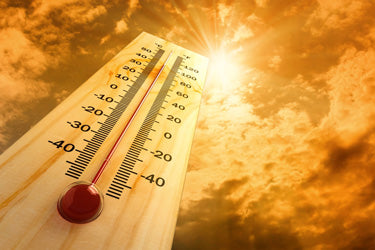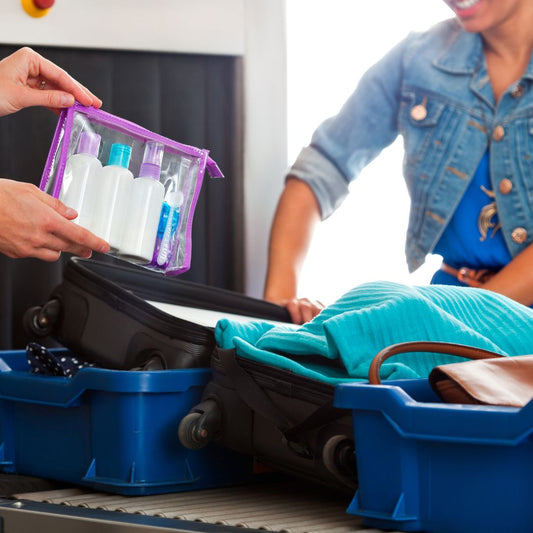4 Unexpected Situations in Which You'll Need a Personal Travel Kit

Everyone loves a good vacation or change in routine. Traveling allows us to get away from the stresses of day-to-day life, and when you're taking in the sights from a plane, train, boat, or car, it's easy to think nothing bad can happen. However, that sense of invincibility can turn against you if you're unprepared during your time away from home. To be truly prepared for unexpected situations when you're traveling, consider these four scenarios in which a personal travel first aid kit can make all the difference:
1. When you need to help others Even when you're being careful, others may not be. But with the proper first aid supplies, you may be able to help a fellow traveler in need. If no one else is around, of course, your natural inclination will be to help, but make sure to protect yourself in the process. For example, in teaching first aid, the Boy Scouts of America always recommend wearing barriers such as non-latex gloves and protective eyewear when you may come in contact with another person's bodily fluids (such as when dressing a cut). Personal travel first aid kits come equipped with vinyl gloves so that you can help others confidently.
2. Feeling feverish The old hand-on-your-forehead trick may help you identify if you're feeling feverish, but knowing your exact temperature is important when deciding what next steps to take. For example, when you're traveling internationally, you may be hesitant to see a doctor due to gaps in health insurance coverage or unfamiliarity with the landscape. The Mayo Clinic notes that a fever of 103 degrees Fahrenheit or higher should be a cause of concern for adults and may require immediate medical attention. Keep in mind that this number is lower for infants and children. A personal travel kit comes equipped with individually wrapped thermometers that allow you to make an educated decision about whether or not to seek medical assistance.
"Travel kits include multiple sting relief packets."
3. You get stung Getting stung by a bee, wasp, or hornet can put a huge damper on any trip. Not only can these pricks get rather itchy, but they also cause swelling and ongoing pain for a few hours. For those who experience a mild or moderate reaction to bee stings, a personal travel kit includes the necessary supplies to minimize pain and irritation. Not only do travel kits include multiple sting relief packets, but also a medication kit that comes with ibuprofen and diphenhydramine to lessen pain and allergy symptoms. While usually a person will only incur one or two bee stings, the Mayo Clinic advises that an individual who has been stung a dozen times or more may need medical attention. This is due to a buildup of toxic venom and is particularly a danger for children and older adults.
4. You get injured No one enjoys the prospect of getting hurt while they're on vacation, but when you, do the experience will only be worse if you have no supplies for addressing the injury. Personal travel first aid kits include gauze, scissors, adhesive tape, and assorted bandages so you can dress cuts and burns. Whether you scrape your knee or accidentally cut yourself shaving, having a first aid kit on hand can make all the difference in treating minor injuries when you're away from home. No matter where you go or how you get there, make sure to be prepared when you travel by packing a personal travel kit.
Vehicle/Travel Products & Accessories
MFASCO's Make a Kit Tool
First Aid Kit 70 Piece Blue Transparent MFA
Travel First Aid Kits
Additional Resources for Vehicle/Travel First Aid Kits & Supplies
Roadside Emergency Preparedness - Infographic
What is in a First Aid Kit?
Essential First Aid Kit Supply List
Contributing Expert

Mike Brinker
Mike Brinker has been working in the first aid industry for over 35 years. He has worked with thousands of businesses,groups, and organizations to provide a healthy and safe work environment. Mike helped create “Make-A-Kit”, the internet's only online first aid kit creation tool. He has also authored many helpful first-aid and safety-related resource articles found at the MFASCO Learning Center.


















